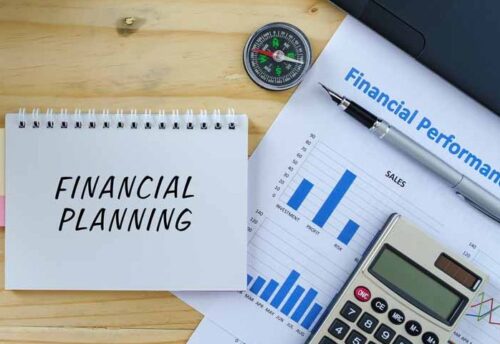
- 17/04/2025
- MyFinanceGyan
- 89 Views
- 3 Likes
- Finance, Investment
Retirement Income Strategies: How to Make the Most of Your Retirement?
Life is like a journey. Along the way, we go through different experiences and financial stages. One helpful way to look at life is by dividing it into phases based on how we earn and spend money.
The Financial Stages of Life:
We usually go through these 3 stages:
- Only Spending (Before You Start Earning): From birth until we start earning, we depend on others (like parents) to pay for our needs.
- Earning and Spending (Working Years): This is when we earn money and spend it. We also try to save and invest some of it for the future.
- Only Spending (After Retirement): After retirement, we stop earning actively and rely on the money we saved during our working years.
This blog focuses on the third stage — the post-retirement phase — where the goal is to generate regular income from your savings so it lasts for the rest of your life.
Key Things to Consider After Retirement:
Once retired, you need to think carefully about where and how to invest your savings. Here are six important things to keep in mind:
- Liquidity – How quickly can you get your money when you need it?
- Risk – Is there a chance you might lose some or all of your money?
- Returns – Will your investment grow or at least give enough regular income?
- Tax – How much tax will you pay on the income from the investment?
- Maintenance Cost – Are there any ongoing costs for holding the investment?
- Initial Capital – How much money do you need to start the investment?
Types of Retirement Income Options:
Here are three types of investment products you can choose from:
A. Fixed Income, No Growth in Capital:
Examples: FDs, Senior Citizen Savings Scheme, Post Office Monthly Income Scheme, annuity plans, bonds
- Regular monthly or quarterly income
- Very low risk
- No increase in income to match inflation
- Might need to use up your savings if expenses go up
B. Fixed Income with Growth in Value:
Examples: Rental income from property
- Regular income from rent
- Property value may increase over time
- High upfront cost to invest
- Income may stop if the property is empty
C. No Fixed Income, High Growth Potential:
Examples: Stocks, Equity Mutual Funds
- No regular income, but can grow a lot over time
- High risk in the short term, but may give better returns in the long run
- Can start with small amounts
- More tax-efficient
Comparison of the 3 Types:
Best Approach: Mix and Match with Asset Allocation:
Instead of relying on just one type of investment, it’s better to mix two or three based on your needs. This is called asset allocation – balancing different types of investments to meet your goals.
The 3 Bucket Strategy (Easy Way to Plan Your Retirement Income):
This method divides your savings into three parts:
Bucket 1: Regular Income (Next 3 Years):
- Use for monthly expenses
- Invest in Liquid Mutual Funds or FDs
- Keeps your income stable and safe
Bucket 2: Emergency + Extra Debt Investments:
- Acts as backup and supports Bucket 1
- Invest in short-term Debt Mutual Funds or Bonds
- Safe and can give slightly better returns
Bucket 3: Long-Term Growth:
- Invest in Equity Mutual Funds or Stocks
- Helps grow your money over time
- Used to refill Bucket 1 and 2 as needed
Every year, review and refill Bucket 1 using money from Bucket 2 and 3. This keeps your plan on track and protects you from stock market ups and downs.
How to Adjust This Plan?
- If your retirement savings are not enough, you can take a bit more risk by investing more in equity (Bucket 3).
- If your savings are more than enough, you can stay conservative with lower-risk options.
Conclusion:
After retirement, it’s very important to:
- Have easy access to money for regular use (Liquidity)
- Ensure your money lasts long enough (Sustainability)
- Balance safety, growth, and tax benefits by mixing different investments
Note: This article is for education and awareness only. It does not recommend any specific product. Please consult a financial advisor before making investment decisions.



